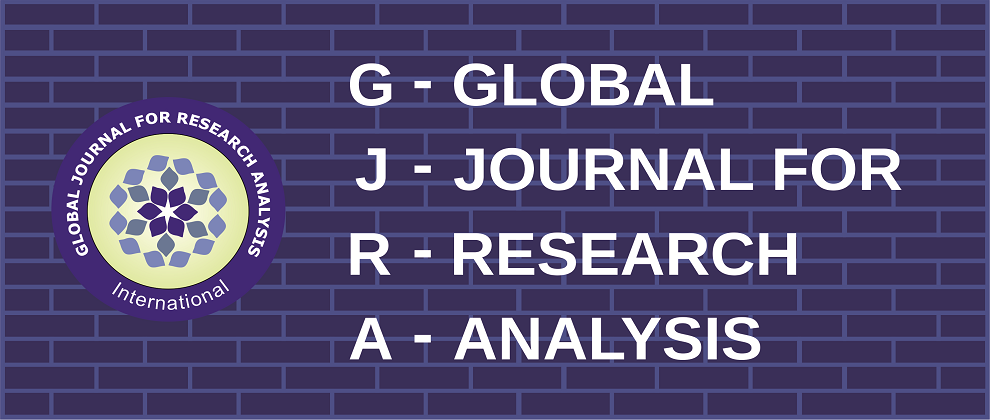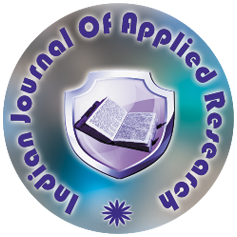Volume : 3, Issue : 1, January - 2014
Indian Population Having Squatting Habits– Showing Quadricipital Groove on The Upper End of The Tibia
Dr Deepak S. Howale, Dr Anil Bathija, Dr Sudarshan Gupta, Dr D P Pandit
Abstract :
In India one of the commonest modes of sitting down is squatting position. In squatting there is greater range of flexion at the knee joint. It was observed that this greater range of flexion may affects on the upper end of the tibia due to the increased pressure of the quadriceps tendon against it. The powerful tendon of the ligamentum patellae produces impression on the tibia along its unattached free margin and it also affects the backward tilting of the upper end of the tibia. Humiphrey (1858)1 , Fick (1904)2 , Poirier & Charpy (1926)3 described the insertion of the ligamentum patellae into the tubercle of the tibia and the upper end of the tibia is deep to the uninserted part of the tendon and Hughes E. S. R. & Sunderland, S. (1946)4 studied the insertion of the ligamentum patellae. According to them the strongest part of this tendon is inserted into an inverted J-shaped groove which delineates or mark the line along the tubercle of the tibia proximally and on laterally. Titze (1951)5 had studied the variations of the angle of inclination and retroversion of the upper articular surface of the tibia. The squat is one of the most frequently used exercises in the field of strength and conditioning. Considering the complexity of the exercise and the many variables related to performance, understanding squat biomechanics is of great importance for both achieving optimal muscular development as well as reducing the prospect of a training-related injury. Squatting kinematics and kinetics and their application to exercise performance.6
Keywords :
Article:
Download PDF Journal DOI : 10.15373/2249555XCite This Article:
Dr Deepak S. Howale, Dr Anil Bathija, Dr Sudarshan Gupta, Dr D P Pandit Indian Population Having Squatting Habits- Showing Quadricipital Groove on The Upper End of The Tibia Global Journal For Research Analysis, Vol:III, Issue:I Jan 2014


 MENU
MENU

 MENU
MENU

